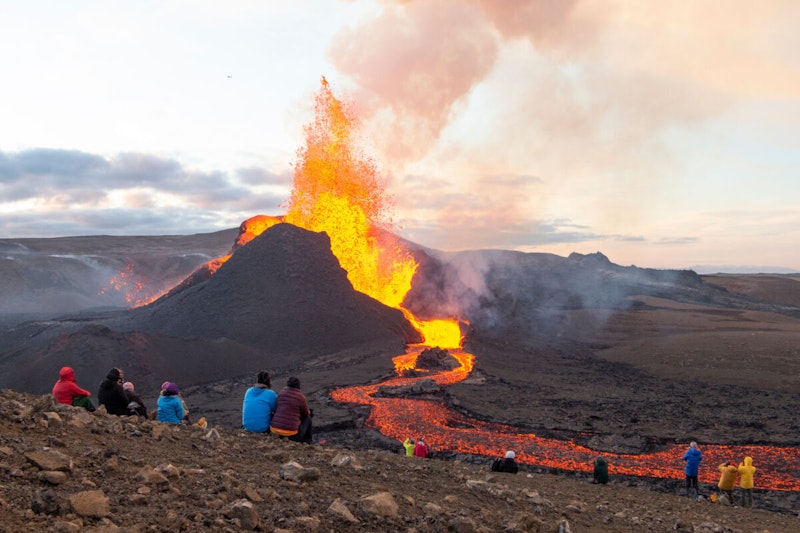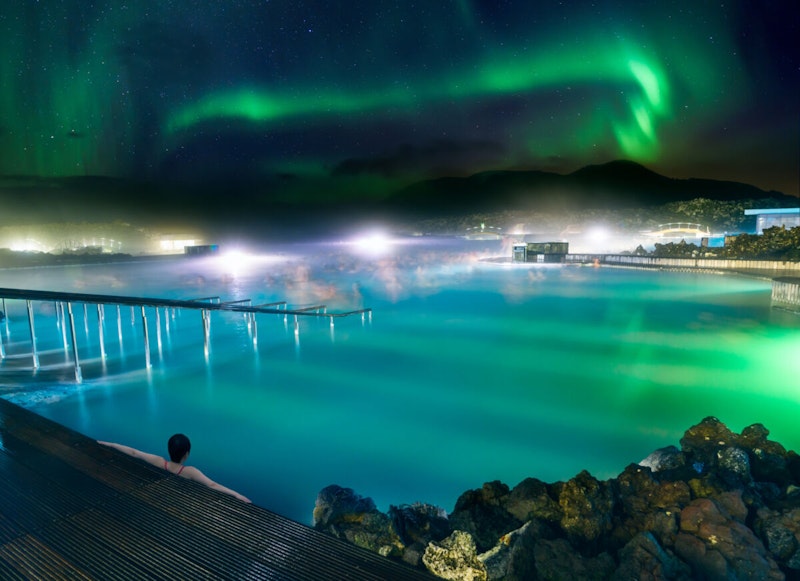Study Notes
GCSE Geography | Why Do People Live in Areas of Tectonic Risk? (Tectonic Hazards 10)
- Level:
- GCSE
- Board:
- AQA, Edexcel, OCR, Eduqas
Last updated 19 Jul 2023
The majority of tectonic hazards occur at plate margins - yet these plate margins are home to some of the most densely populated regions of the world, such as Japan and parts of China, meaning that millions of people are at risk. So if people know that they are living in an area of tectonic risk, why do they choose to stay?
There are many reasons that people choose to live in areas at risk of tectonic hazards...
Geothermal energy
Geothermal energy is a huge source of renewable power in volcanically active areas. The hot magma found in permeable rock heats up steam - this steam is then harnessed by drilling boreholes into the rock to enable the superheated steam to drive turbines at power stations (like the one in the image below). Geothermal energy is important in taking action against the climate crisis - it produces few greenhouse gases so therefore doesn't contribute much to global warming, and it is renewable so it won't run out, which is good for energy security. Iceland is a good example of a country which has embraced geothermal energy - around 30% of the country's total energy is produced this way, and about 85% of all houses in Iceland are heated with geothermal energy.

Farming
Many people choose to live around the slopes of active volcanoes because of the benefits it brings to farmland. Of course there is the issue of lava and ash erupting from volcanoes, which kills livestock and destroys crops and vegetation. However after many years, weathering of this lava releases minerals and leaves behind nutrient-rich soil - this 'super fertility' is ideal for farming. This means that land can be farmed productively in these areas to provide a reliable source of food and income – which is particularly important in low income countries. Volcanic soils are found on less than 1% of the Earth’s surface, however they support around 1 in 10 of the world's population, particularly in areas of high population density, such as Indonesia and the Philippines.
Mining
Lots of volcanic areas are rich in minerals, which creates thousands of job in the mining industry, not just in dormant and extinct volcanoes but also active volcanoes. Pictured below is Kawah Ijen – this is an active volcano in East Java, Indonesia. Its crater is one of the biggest sulphuric lakes in the world. The sulphur mined there is sold for all sorts of things – to make bleach, fertiliser, matches and even medicines.
But as you can imagine mining in active volcanoes is extremely dangerous for many reasons: Miners can't afford protective clothing so are exposed to toxic fumes and frequently get burnt; Miners suffer respiratory diseases from breathing in hydrogen sulphide and sulphur dioxide - this also burns their eyes and throats. This poses a huge risk in terms of loss of life - in the crater of this volcano 74 miners have died from breathing in toxic fumes in the last 40 years; Finally, the job is physically demanding - miners have to carry loads of sulphur weighing 100 kilograms up and down the rocky and slippery mountain paths.
However, mining is seen as an attractive job as it pays better than what people earn on the nearby coffee plantations. Wages are on average of six dollars per day, so miners continue to live and work in these dangerous areas.

Tourism
Tourists visit volcanoes for the spectacular and unique views, relaxing hot springs, adventure, and, for thrill seekers, the sense of danger. More than 100 million people visit volcanic sites every year – particularly in the Canary Islands and Iceland. The revenue they generate benefits the locals and the countries they are in by triggering a huge multiplier effect – tourists spend money in the local area and create many job opportunities – some countries are dependent on this income as it comprises a significant part of their economy – such as Iceland. A great example of this was the effusive eruption of Fagradalsfjall back in spring 2021 (pictured below) – this volcano erupted over a period of weeks and drew in tourists from all over the world to witness this spectacular site, with some even paying significant amounts of money for helicopter tours over the erupting crater.

Tourists in Iceland also have with the chance to see geysers jumping in the air and relax in the famous hot springs, such as the Blue Lagoon (pictured below) that occur because of geothermally heated groundwater.

You might also like

Are Vertical Farms the Future of Agriculture?
2nd February 2016

Urban Farms and Vertical Farming
29th August 2017
Turkey earthquake kills 22
25th January 2020
